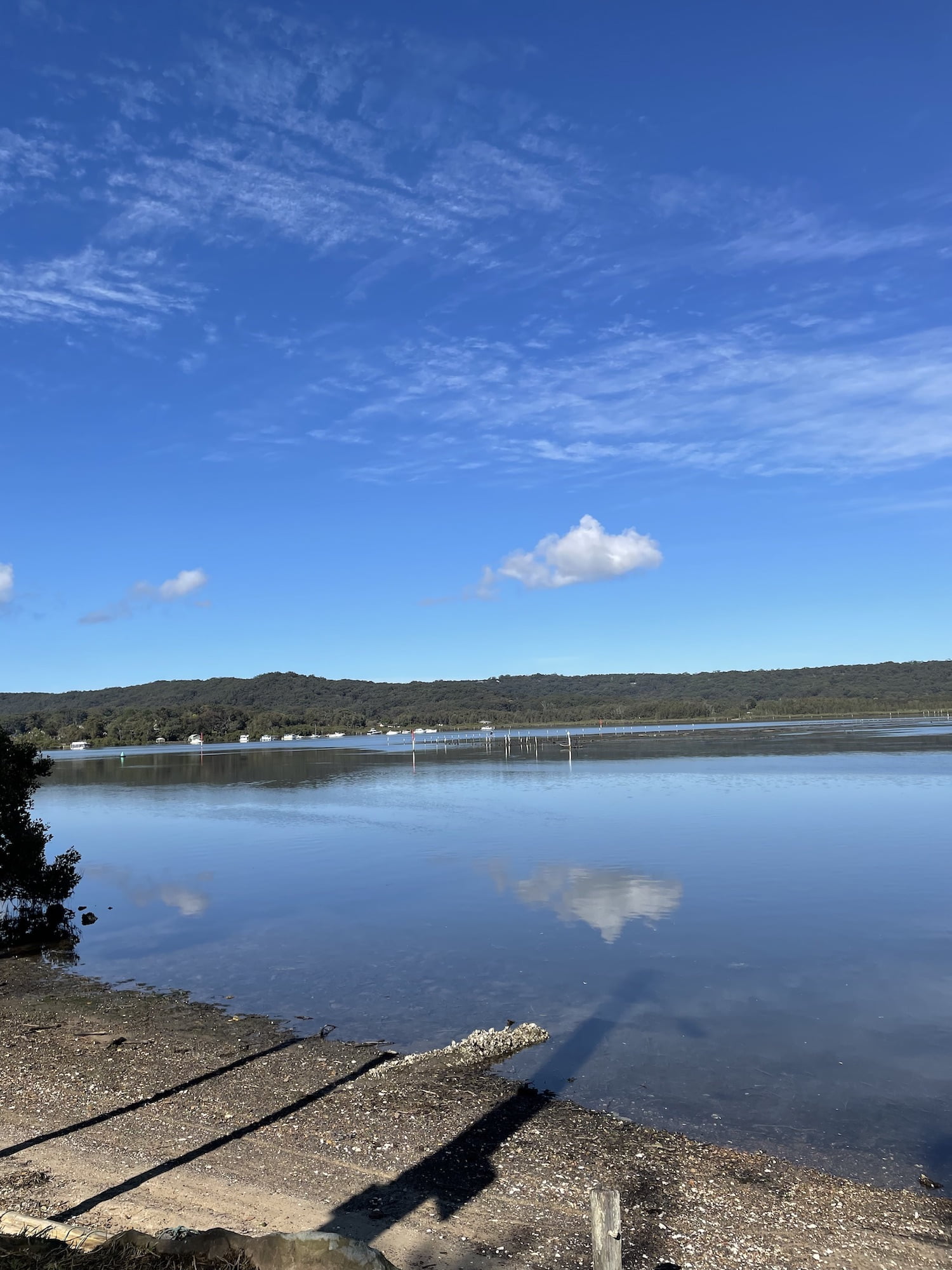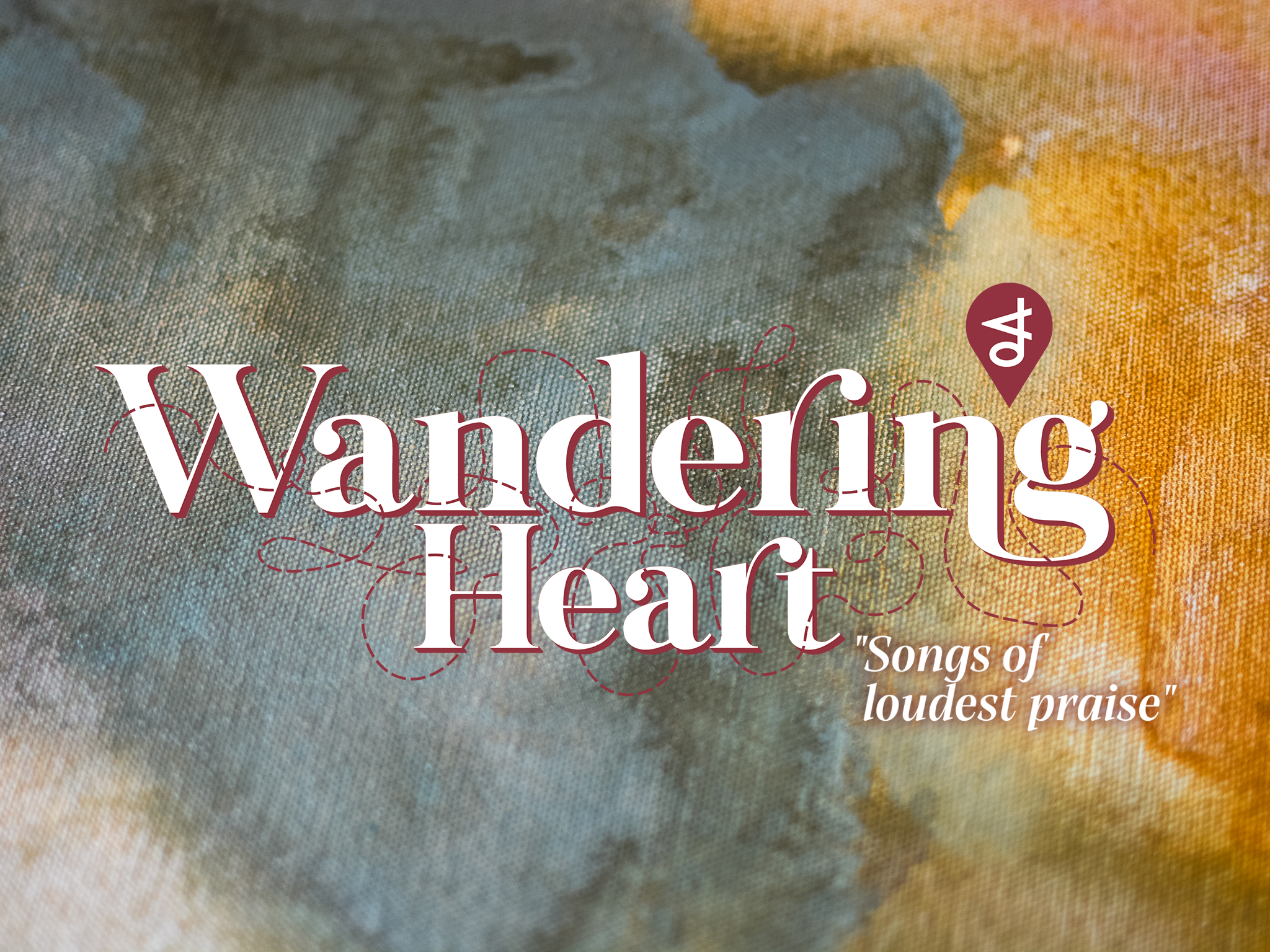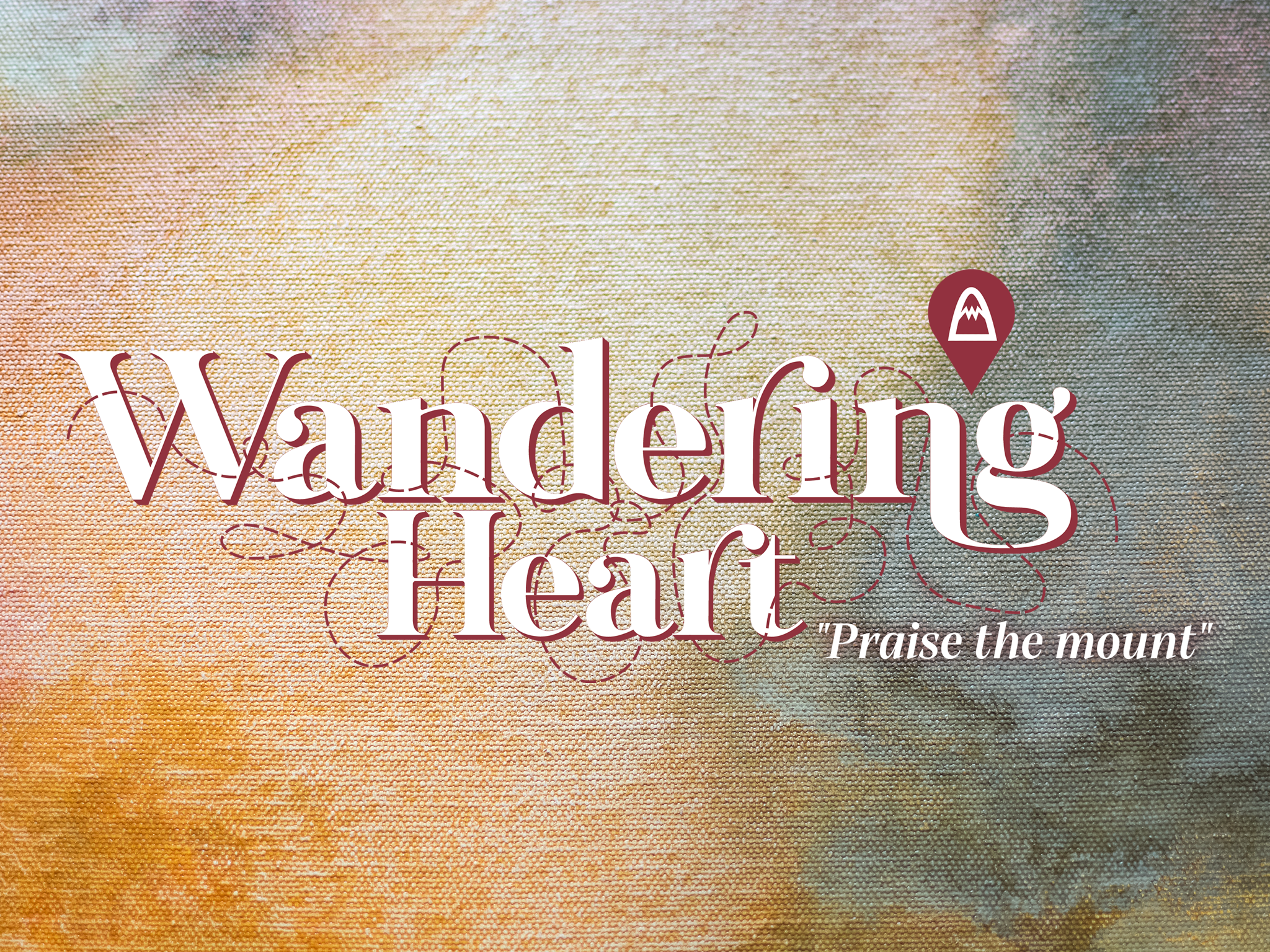Reflection for Unley Uniting Church, 21 May 2023
Luke 24:44–53 and Acts 1:1–11
Jesus ascends
Why stand you there, looking heavenward?
In a cloud he left you, in a cloud
he comes again: the cloud is you.
‘You will be my witnesses,’ you heard
him say – crowd in around the story,
shout loud the invitation from the hills,
the time is now and always, see heaven
here, be heaven here on earth.
Sarah Agnew. Pray the Story
Feel the breathless quality
I confess I am not so much interested in the details of what may or may not have actually happened in the ascension of Jesus to heaven. I am interested in what the disciples felt, what they understood, and how that changed their actual living and being. We get a sense of that in the breathless quality to this story, as with so many of the stories of Jesus resurrected. We also get a sense of the impact on the disciples in the very fact of the story being told for long enough that it became part of the foundational stories of the Christian faith movement.
And even more, I am interested in what we feel, hearing this story, and how our encounter with the story, and with Holy One, with Jesus, through the story, will change our living and being. This is a story of transformation and of action.
The story of the ascension forms something of a transition from the experience of Jesus resurrected to the living of the reality that is proclaimed by Jesus’ resurrection: the reality of new life and a new way of being. Easter is a season of such transition for us. Each year we enter again on Easter day the breathlessness of disciples discovering that death has been undone, then pause to linger here for these seven weeks in the awe and wonder and mystery, before we lose our breath again in the story of Pentecost, as the Breath Wind Spirit, the ruach of Holy One knocks us off our feet then puts a fire in our bellies to crack on with living into the resurrection.
Live the resurrection
If we are to live the resurrection, we must know it, know its story well enough that we can embody it. If we are to know a story, understand it well, we must encounter the story again and again. I don’t usually like to explain stories, but rather to let them speak for themselves. But that works better when a story has been composed and presented to an audience with that audience in mind. We are not the audience the author had in mind, and we have none of the cultural capital of that original, intended audience, so there are gaps when we hear it and we can’t always fill them on our own. We do need some exploration and explanation, or at least to name our questions.
So let us explore the details of this story of the ascension of Jesus as told by the author known to us as Luke (who wrote both the gospel and Acts).
Luke tells us that Jesus opened their minds. Was this a magical moment, like a Vulcan mind meld or Jedi mind trick, or are we to picture an unfolding understanding through conversation over a number of hours?
Or perhaps they have encountered something different in Jesus that opens their minds? There is a continuity of the Jesus they know from pre-death and resurrection to post- resurrection; and there is also a discontinuity from his earthly being to this new mode of being.
Now, they encounter Jesus as Divine, perhaps, more intensely than as the human one they knew? Now more attuned to his spiritual presence and ability to be anywhere, as they’ve always known Holy One to be, and that finally makes sense of the person they experienced as an embodied human being?
The emphasis on Jerusalem and the Temple is important to note in this story. Jerusalem is synonymous with Judaism. So the new creation, new age that begins with the resurrection of Jesus the Christ, the Messiah, begins here with the set aside people of God, the ancient nation of Israel. But this new age does not discard Israel for others. The story of Holy One Most High is no longer limited to one people only, but is opened up as a story for all. And it begins in Jerusalem. The story, like Jesus, continues as much as it experiences some discontinuity from what has been.
As Luke expands on the story in Acts, Judea, Samaria, and the whole earth are named for the telling of this story. The new age embraces not only Gentiles, who are the classic ‘other’ to the Jews, but also Samaritans – an example of not only ‘other’, but enemies of the Jews. The whole earth: the story embraces not only humans, but all creation, which we humans would do well to remember.
Note in the story an obedience in the disciples as they return to Jerusalem to stay as Jesus commands them. So that when the men in white in Acts – are they angels, Divine messengers? – remind them to stop looking to heaven and instead trust that Jesus will return, with the implied challenge to crack on with their living into the resurrection opening of the story of Holy One beyond these borders between us, we assume that they will also obey this. The Acts of the Apostles goes on to tell that story. And, intended or unanticipated audience, we are to follow suit.
Then, Jesus lifts his hands in blessing, and this where I can tell you one way my story, and indeed our story, is evoked by this story. I experience a particular liturgical richness when as a minister with the gathered people, I lift my hands in blessing. There is an openness to this stance, both to the Divine and to you, an opening of myself to give and to receive with you and with Holy One. Can you see Jesus standing, open, in blessing his disciples, his friends as a minister stands thus with you?
The disciples are said to worship and to bless Holy One – I find that a strange notion, that I would bless the Divine. It feels like that is the province of Holy One, to bless, or perhaps we may bless one another. But in that stance of openness, receiving and giving, perhaps it makes sense, that, receiving blessing from Holy One, we offer blessings in return. And we bless Holy One when we bless each other.
Jesus withdrew and was carried up. In Acts, Luke adds the detail of a cloud that took him. Is Jesus’ withdrawal a simple, practical, stepping back to make space for heaven to embrace him in that moment? Is it part of the being carried up, that he was now finally leaving his earthly way of being to fully enter his resurrected mode of being? What actually happened is less interesting to me than how the story is told.
This is named as a withdrawal. Which may feel like a contrast to what Jesus says at the end of the gospel according to Matthew – I am with you always, even to the end of the age. There is a very real sense of paradox about Jesus and how he is present with his followers now: here, but not. Of our God, Holy One, Holy Three, we have known Wisdom or Word differently through Jesus the human person. We have also known the Creator differently, with the name Abba, Father, obviously important for Jesus the human first century Jewish person. Now, after the resurrection, we get to know the Spirit in a new way, too, helping Jesus’ followers to experience encounters with Jesus in his new – renewed – mode of being. Most importantly, perhaps, the Divinity of Jesus is pronounced in these encounters with him, resurrected.
In the resurrection appearances, the disciples encounter the Sacredness of Jesus that they know to be qualities of Holy One – a spiritual being, able to be anywhere, not bound by the flesh. But he is still fundamentally and recognisably Jesus – which tells us that his life lived on earth matters. And that helps us to affirm our continuing life on earth, the continuity of the age that is, even as a new age begins to break in. For life lived on earth for followers of Jesus is life lived participating in his resurrection, which brings about the beginning of the new age, a renewed creation, and so there is a discontinuity with the way things have been, even if it is only in glimpses, and promise, and hope while the world continues much as it ever did.
We know the resurrection not only by understanding the story further each time we tell it: we know the resurrection by living the resurrection. By living in a new mode of being that bears witness to the new age that has begun. Just as the invitation to be part of the people of Holy One has not dismissed the original exclusive people of Holy One, the Hebrews, Israelites, or Jews, so too Holy One has not abandoned creation by sweeping it entirely away for the new. Resurrection life is like a seed transforming into a flower, the same and yet radically different. This is what Jesus calls us to live: creation is still good, as Holy One declared from the beginning. It is being transformed from within, death is being undone, and new life offers hope and promise and glimpses of the new creation unfurling.
Be heaven here on earth
We know the resurrection not only by understanding the story further each time we tell it: we know the resurrection by living the resurrection. By living in a new mode of being that bears witness to the new age that has begun. Just as the invitation to be part of the people of Holy One has not dismissed the original exclusive people of Holy One, the Hebrews, Israelites, or Jews, so too Holy One has not abandoned creation by sweeping it entirely away for the new. Resurrection life is like a seed transforming into a flower, the same and yet radically different. This is what Jesus calls us to live: creation is still good, as Holy One declared from the beginning. It is being transformed from within, death is being undone, and new life offers hope and promise and glimpses of the new creation unfurling.
Jesus’ resurrection is completed in the ascension into heaven. Whatever we believe about the physical actualities of the events of the resurrection and ascension, these stories invite us to participate in the breathtaking hope of a new mode of being. So that Jesus’ resurrection is also fulfilled in our living resurrection life.
For resurrection to take place, and although the final death has been undone, a kind of death still must happen. we remember that Christian spirituality – that all growing, and therefore life – is a constant movement through some kind of dying, letting go of what has been, always reforming, to enter new, renewed, life. Life not limited by death; life full of hope for renewal; life, in the fullness Holy One dreamed so deeply for us that Jesus lived, died, and lives again.
As we move from the stories of Easter and Jesus’ appearances as the resurrected Christ, towards the anointing of the community of resurrection life at Pentecost, we go with those first disciples and generations since, to look forward, offer our blessing, our worship and our obedience, and crack on with living the resurrection, living life on earth as it is in heaven. We go into the world where Jesus is waiting, known through Creation and Breath and enacted Love.
So,
Why stand you there, looking heavenward?
In a cloud he left you, in a cloud
he comes again: the cloud is you.
‘You will be my witnesses,’ you heard
him say – crowd in around the story,
shout loud the invitation from the hills,
the time is now and always, see heaven
here, be heaven here on earth.
Amen.





Leave A Comment